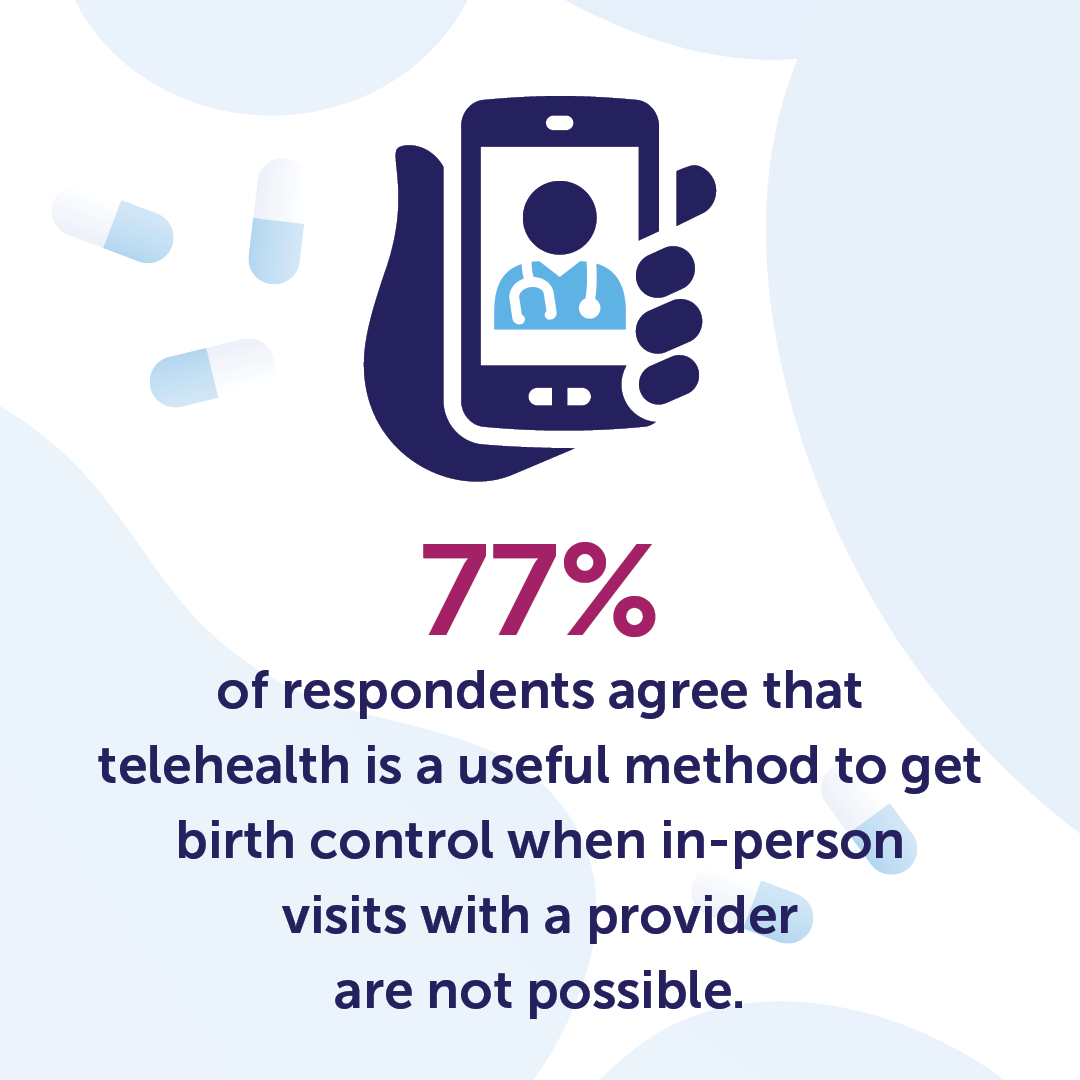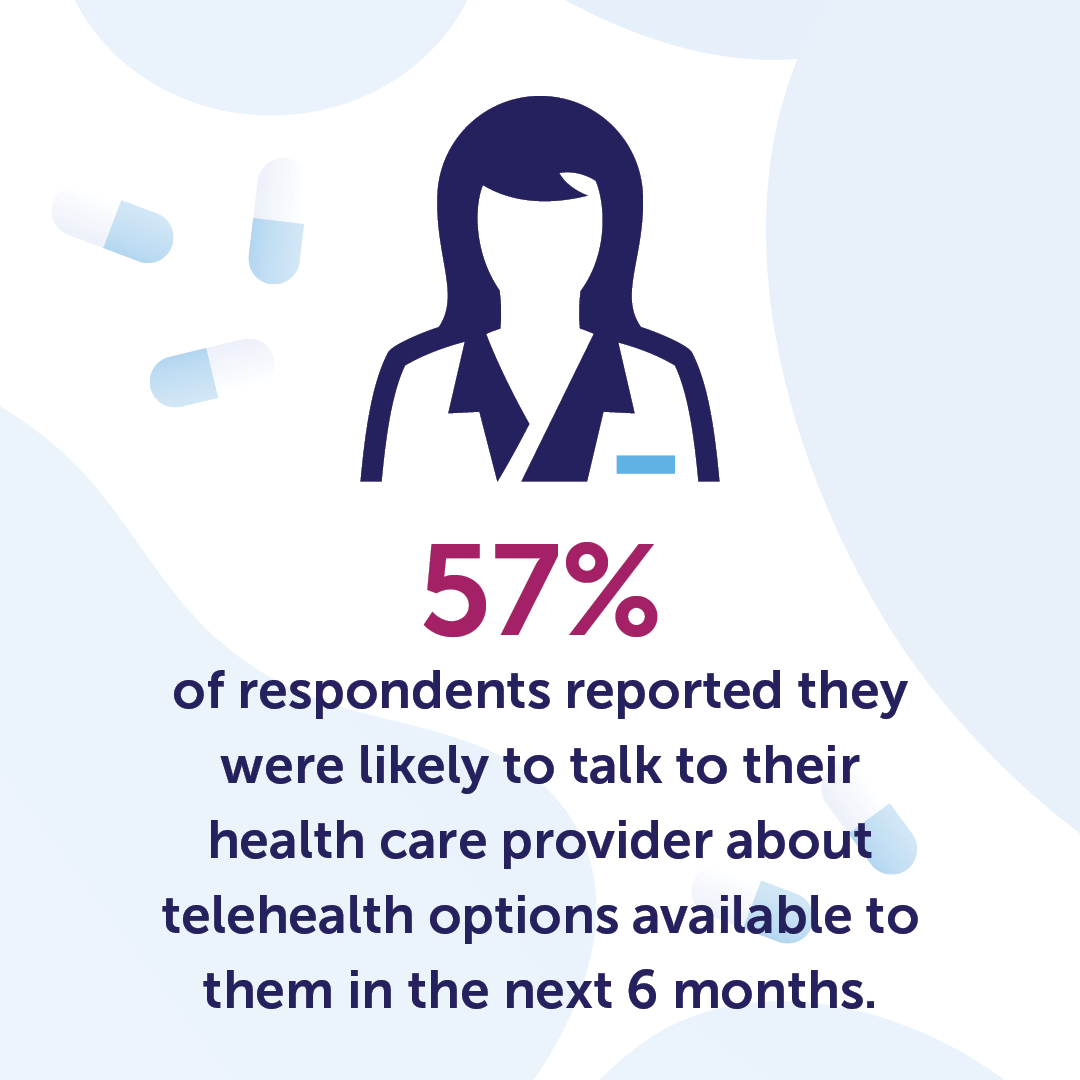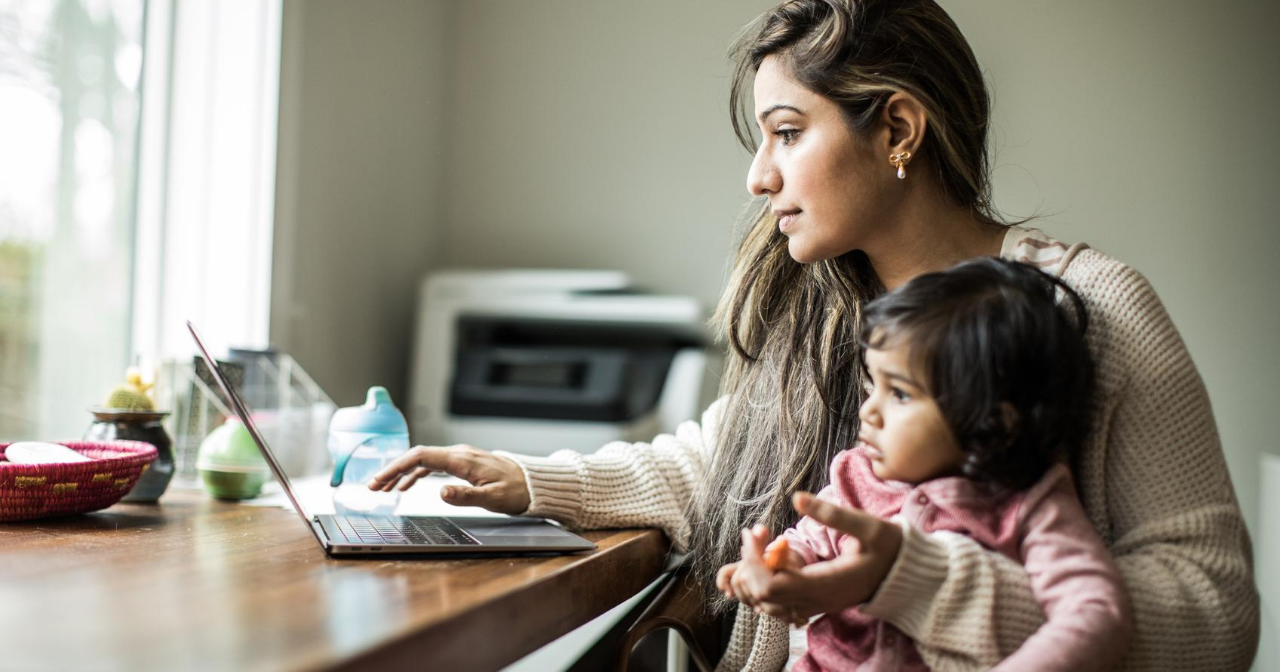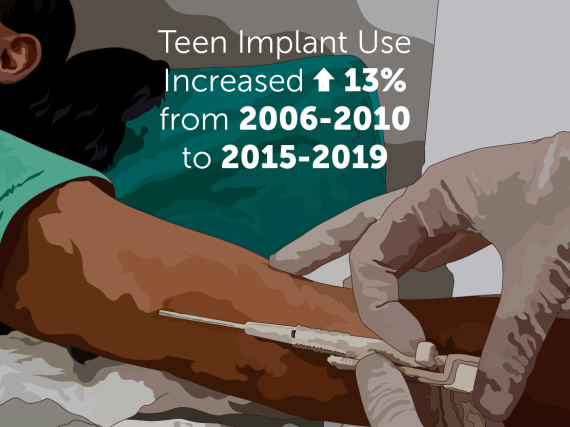Telehealth + Birth Control Access: Data Breakdown
As quarantine orders and social distancing guidelines continue, many people are left wondering how to access safe and convenient health care. Data shows that telehealth can be a solution, even if not everyone is aware of all the benefits. Using a telehealth service, patients can skip the waiting room and get birth control from the comfort of their own home. Although it doesn’t work for all health issues, telemedicine is an easy, safe, and affordable option for straightforward care like getting birth control.
A recent national survey conducted by Power to Decide, which surveyed 500 women in the US between age 18 to 29 in May 2020, shows that telehealth is a viable option for many people to obtain birth control. The majority of respondents (67%) agree that telehealth is an acceptable way to receive birth control. This can be especially true for those who don’t feel safe leaving the house or going into a provider’s office or have lost their health insurance due to unemployment during the pandemic.
Even before the challenges COVID-19 has created for people in accessing reproductive health care, millions of people had difficulty accessing care. Nearly 20 million people of reproductive age in the US who are in need of publicly funded contraception live in contraceptive deserts. Living in a contraceptive desert means that they lack reasonable access in their county to a health center that offers the full range of contraceptive methods. Around 1.5 million of these women live in a county without a single health center offering the full range of methods. For all of these people, getting contraception means having to do more than showing up to an appointment. It could mean traveling a long distance, taking time off work, or finding childcare. Telehealth can also help overcome some of these common barriers and allow people to get their birth control.

Power to Decide found that the majority (77%) of respondents agreed that telehealth is a useful method to get birth control when in-person visits with a provider are not possible. While some providers’ offices remain open during social-distancing guidelines, the future is unclear. Most people (57%) reported that they were likely to talk to their health care provider about telehealth options available to them in the next 6 months.
Telehealth holds great promise to increase access for many, but unfortunately, it isn’t a perfect solution to access problems. For the approximately 19 million people in America who still lack reliable internet it may not be an option at all. Further, too many people lack information regarding how to use telehealth. Just 35% of respondents reported being able to explain what telehealth is. In addition, only 25% of respondents understood that they could use telehealth without insurance. It’s important to know that lots of telehealth options are affordable without insurance, and many insurance plans cover telehealth. Less than a quarter (24%) knew how to find a telehealth provider. If you or someone you know could benefit from accessing birth control through telehealth, spread the word!

Birth control gives people the power to decide their own futures on their own timelines. But even those with access to telehealth can struggle to afford it. With your help, through our contraceptive access fund, we can make sure people struggling to make ends meet still have access to the contraceptive care they need and deserve. Just $5 provides a month of birth control pills for a woman in need. Let’s work toward a world where everyone can say #ThxBirthControl.


